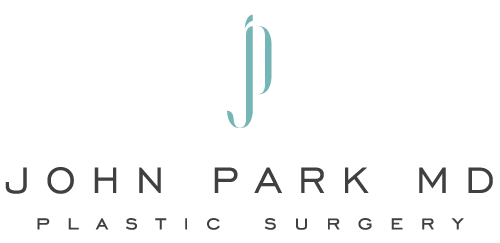
04 Aug Fillers & Injectables vs Facelifts: Understanding The Different Facial Cosmetic Options
Is Age Just A Number?
More people are traveling, playing sports, starting businesses, and enjoying social media in their 50s, 60s, and even 70s. Despite feeling young inside, the signs of age still show on the outside. Fine lines, wrinkles, and sagging skin can make anyone lose confidence. The need for anti-aging solutions has brought about different facial cosmetic options. Fillers, injectables, and facelifts are procedures that can smooth, tighten, and transform one’s appearance. Understanding fillers and injectables vs. facelifts can help anyone with aging concerns make the right decision.
What are dermal fillers?
Dermal fillers are compounds injected into strategic parts of the face at different depths. These compounds add volume, tighten, smooth, or augment facial features, resulting in a younger, fresher look. Dermal fillers consist of natural products like hyaluronic acid, calcium hydroxylapatite, or polylactic acid. Fat grafting and platelet-rich plasma also fall under dermal fillers. Cosmetic surgeons or dermatologists use dermal fillers in the eyebrows, forehead, cheeks, and lips.
What about injectables?
Injectables fall under the umbrella of dermal fillers but go a step further. These are neuromodulators that temporarily stop facial muscles from contracting. This relaxes the surrounding skin, smoothing out wrinkles and fine lines. Injectables contain botulinum toxin type A, which interrupts the nerve signals surrounding the muscles. Fillers add lost volume, but injectables target the source of forehead lines, crow’s feet, lip lines, and much more. Sometimes, a doctor combines both fillers and injectables to give the patient a liquid facelift.
A little deeper with facelifts
The signs of aging cannot always be reversed with fillers or injectables. Some people have loose, sagging skin around the cheeks, jaw, and neck. At this point, a surgeon may recommend a facelift. Facelifts are surgical procedures that significantly reduce the signs of wrinkles, folds, and sagging skin. A board-certified plastic surgeon performs the operation under general anesthesia. Incisions are made near the earlobe and along the hairline. The surgeon raises the skin, then repositions the tissue beneath. Finally, the excess skin is cut off, and the skin is reattached to minimize scarring. The result is a long-term improvement in appearance that can turn back the clock.
Which one should you choose?
Fillers and injectables are great for younger patients looking for subtle improvements. The ideal patient for these cosmetic facial options is not ready for invasive surgery but wants to quickly treat initial signs of aging. Fillers can last between 12-18 months. Injectables can last up to 12 months for moderate to severe wrinkles. However, these aren’t long-lasting, so fillers can be costly over time. Facelifts are for older patients with more sagging skin, severe wrinkles, and folds. Most patients who want this option have also tried fillers or injectables in the past, but aren’t seeing results anymore. Facelifts can last for several years, but surgical risk and recovery considerations exist.
A brand-new you
These procedures have high success and satisfaction rates. However, anyone looking for anti-aging solutions should speak with a specialist. A surgeon, for instance, will provide both options for the best results. Sometimes, a patient can get beautiful results from a facelift, followed by fillers. Choose the best cosmetic facial option and unlock the fountain of youth.



